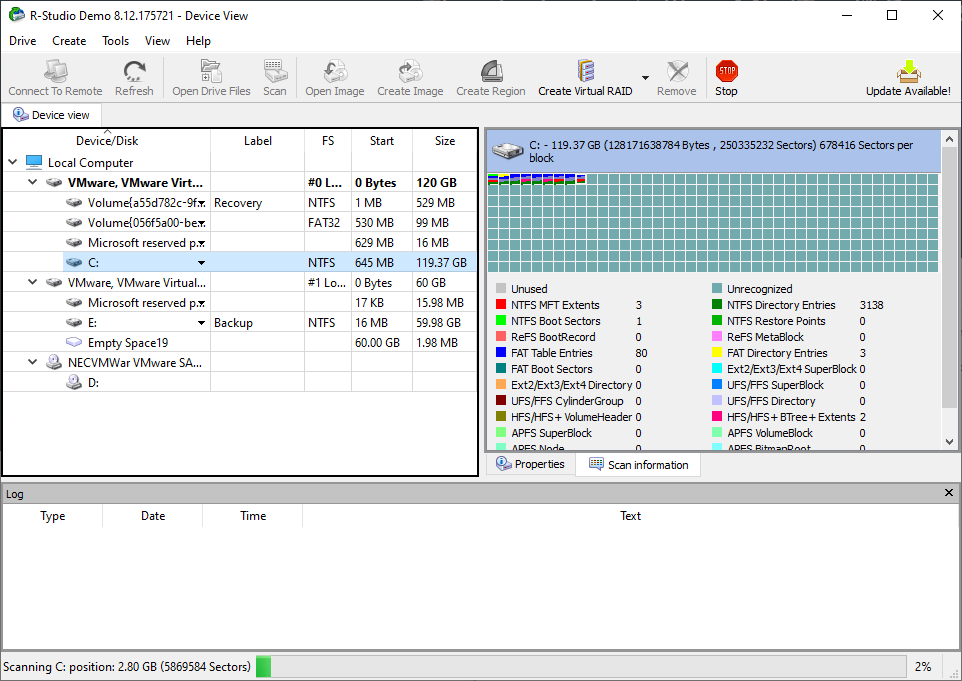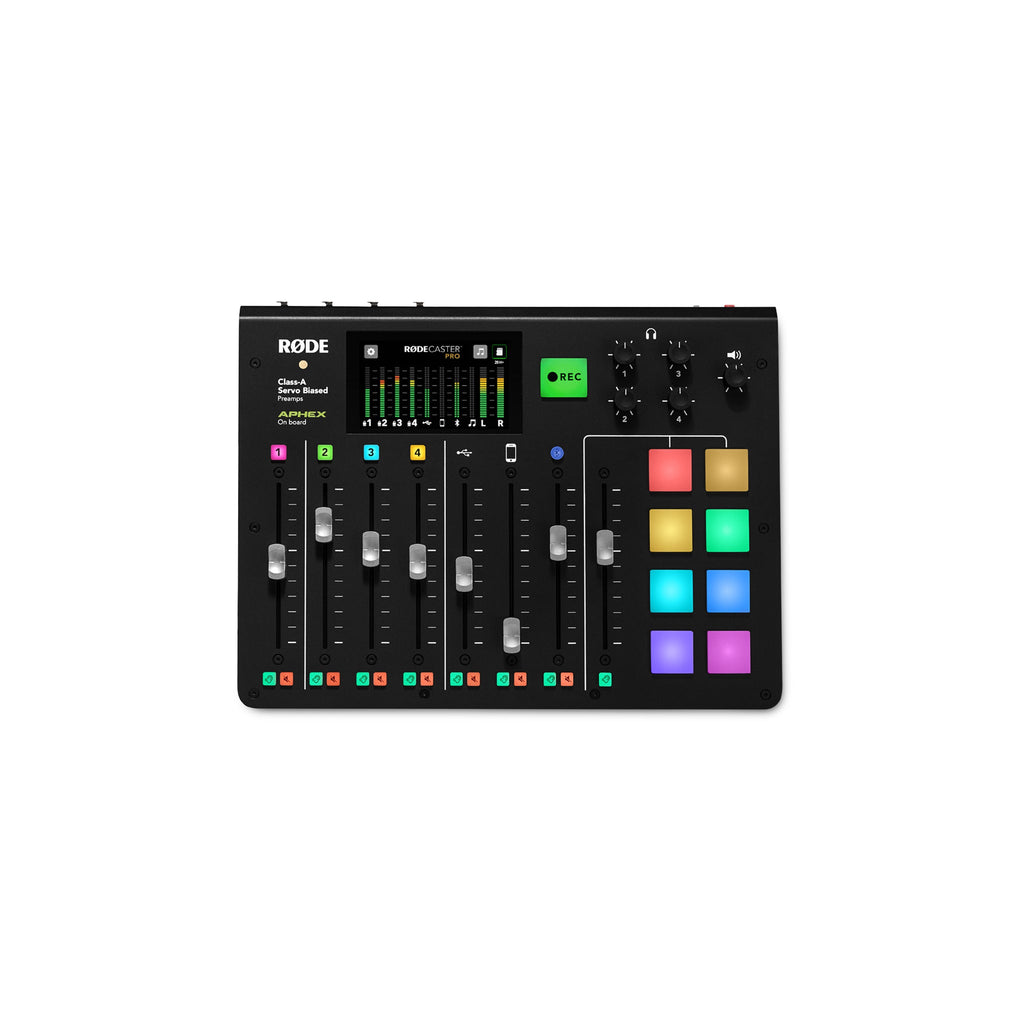

This makes hashtags very useful for adding comments and annotations to your code. R treats the hashtag character, #, in a special way R will not run anything that follows a hashtag on a line.
CLEAR CONSOLE R STUDIO CODE
This will make the code easier to copy and paste if you want to put it in your own console. For example, you could do some basic arithmetic: 2 * 3 # 6 4 - 1 # 3 6 / ( 4 - 1 ) # 2ĭid you notice something different about this code? I’ve left out the >’s and ’s. Once you get the hang of the command line, you can easily do anything in R that you would do with a calculator. You can then try a different command at the next prompt: > 3 % 5 Error: unexpected input in "3 % 5 " > R is just telling you that your computer couldn’t understand or do what you asked it to do. If you ever see an error message, don’t panic. If you type a command that R doesn’t recognize, R will return an error message. Either finish the command or hit Escape to start over: > 5 - + + 1 4 If you type an incomplete command and press Enter, R will display a + prompt, which means it is waiting for you to type the rest of your command. R is a dynamic programming language, which means R automatically interprets your code as you run it. If you’ve programmed in such a language before, you may wonder whether you have to compile your R code before you can use it. In some languages, like C, Java, and FORTRAN, you have to compile your human-readable code into machine-readable code (often 1s and 0s) before you can run it. These numbers just mean that the second line begins with the 14th value in the result, and the third line begins with the 25th value. Notice that new bracketed numbers appear at the start of the second and third lines of output. For example, the command 100:130 returns 31 values it creates a sequence of integers from 100 to 130. Some commands return more than one value, and their results may fill up multiple lines. R is just letting you know that this line begins with the first value in your result. You’ll notice that a appears next to your result.

For example, if you type 1 + 1 and hit Enter, RStudio will display: > 1 + 1 2 > Then RStudio displays a fresh prompt for your next command. When you type a command at the prompt and hit Enter, your computer executes the command and shows you the results. The line you type it into is called the command line.

The code you type is called a command, because it will command your computer to do something for you. You type R code into the bottom line of the RStudio console pane and then click Enter to run it.
CLEAR CONSOLE R STUDIO HOW TO
The appendix will give you an overview of the two free tools and tell you how to download them. If you do not yet have R and RStudio intalled on your computer-or do not know what I am talking about-visit Appendix A. Let’s work on saving these numbers first and then consider a method for “rolling” our die. You can capture the essential characteristics of a die by saving the numbers 1, 2, 3, 4, 5, and 6 as a group of values in your computer’s memory. Which information should you save? In general, a die has six important pieces of information: when you roll a die, it can only result in one of six numbers: 1, 2, 3, 4, 5, and 6. You cannot place a physical object, like a die, into a computer (well, not without unscrewing some screws), but you can save information about the object in your computer’s memory. To simulate a pair of dice, you will have to distill each die into its essential features. Don’t worry if you’ve never programmed before the chapter will teach you everything you need to know. In it, you will build a pair of virtual dice that you can use to generate random numbers. This chapter provides a broad overview of the R language that will get you programming right away.


 0 kommentar(er)
0 kommentar(er)
